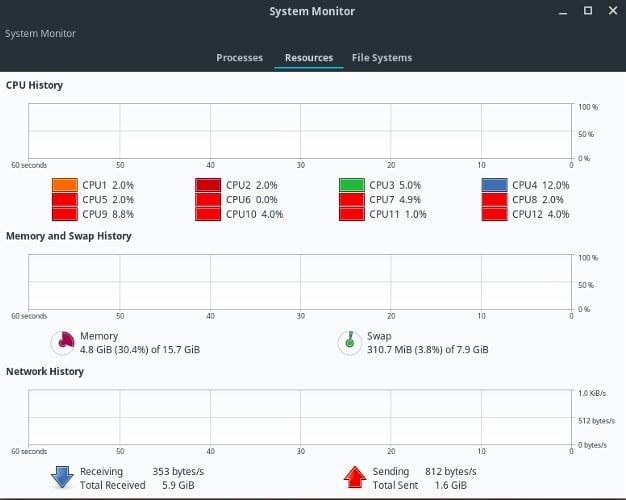

#Best hardware monitor app for linux for free
For free drivers, check the X.org site’s list of supported cards. If you want to know whether a video card is supported, you have two main guides. The information varies from the vague to the exhaustive, but, in all cases, represents the most succinct and complete resources of which I am aware. What follows is an effort to list the sites with the most current information available about cards and peripherals.

Your results will inevitably include dozens of pages, many outdated or incomplete, all of which makes sorting and assessing the information a time-consuming, often confusing task full of jargon that only experts can fully understand. Since few manufacturers mention GNU/Linux support on their packaging, let alone their Web sites, your only recourse is to search the Internet for information.

Of course, if you think for a moment, you probably want to avoid such hardware anyway - a software-driven DVD drive, for example, is going to require a couple of extra reboots if you ever want to start your system from it.Įven when you can take so much support for granted, many pieces of hardware remain a gamble. However, you should be wary of hardware that is operated by software rather than buttons, because the software is likely designed for Windows, or sometimes Mac OS X. Almost all motherboards, hard drives, keyboards, mice, network cards, DVD drives, and flash drives should work with GNU/Linux without any trouble. These days, too, you can take support for many types of hardware for granted. Yet enough gaps in support remain that doing research before buying remains a sensible idea. Today you can pick out any computer system and stand a strong chance of having it work out of the box with your distribution of choice. True, hardware support for GNU/Linux has improved greatly in the last decade.


 0 kommentar(er)
0 kommentar(er)
